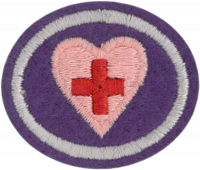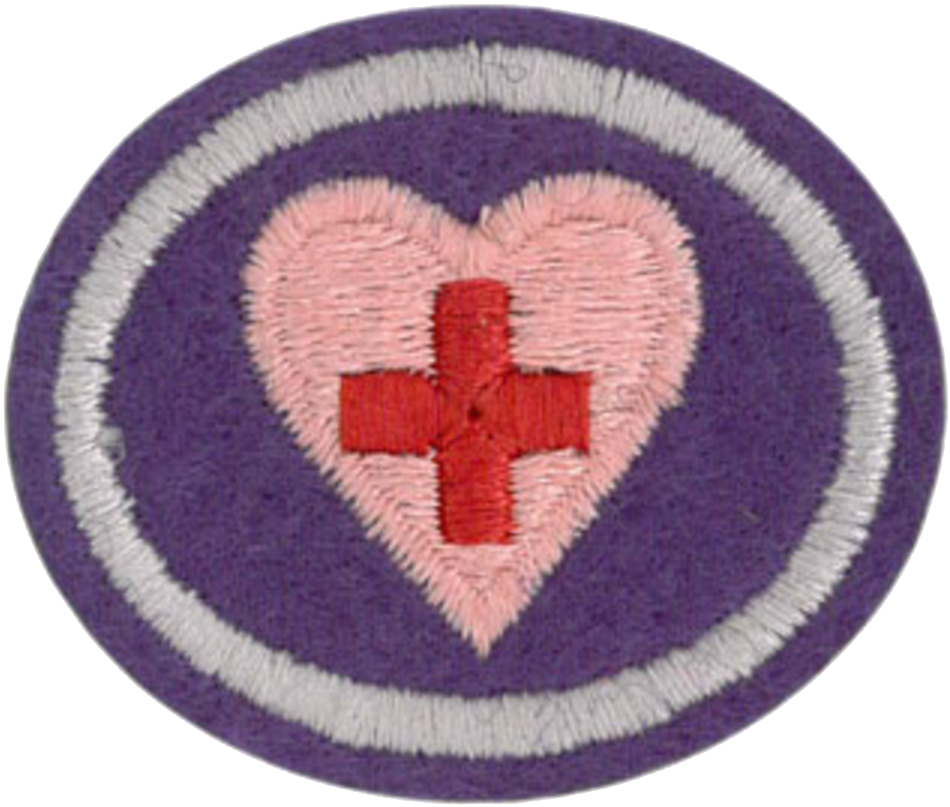Difference between revisions of "AY Honors/First Aid, Standard/Requirements/en"
(Updating to match new version of source page) |
(Updating to match new version of source page) |
||
| Line 124: | Line 124: | ||
<noinclude></noinclude><section end=req15g /></b> | <noinclude></noinclude><section end=req15g /></b> | ||
<section end=Body /> | <section end=Body /> | ||
| − | |||
| − | |||
| − | |||
| − | |||
Revision as of 22:21, 20 July 2022
Prologue:
If residing in the United States or another country in which Red Cross instruction is given, satisfactorily pass the Red Cross Examination in Standard First Aid and receive your certificate.
In British countries pass the examination in St. John Ambulance and receive certificate for the same.
Or complete the following requirements:
1. Know the basic principles for mouth-to-mouth breathing and the treatment for an obstructed airway.
2. What is the difference between a heart attack and a stroke and the treatment for each?
3. Know the proper procedure for assisting a bleeding victim.
4. Know the pressure points and how to correctly apply pressure at those points.
5. Know the proper method of applying a tourniquet and when to apply one.
6. Know the causes of shock and demonstrate its proper treatment.
7. Know the proper procedure for assisting a victim of poisoning.
8. Know the proper procedure for assisting a burn victim.
9. Know how to properly apply the following bandages:
- a. Open and closed spiral
- b. Figure-eight
- c. Fingertip
- d. Cravat bandage to the head
10. Know how to apply the following splints:
- a. Upper arm splint
- b. Forearm splint
- c. Ankle splint
- d. Kneecap splint
11. Know the proper treatment for the following:
- a. Head injuries
- b. Internal injuries
- c. Gunshot wounds
- d. Injuries to the eye
- e. Animal and insect bites
- f. Fainting and epilepsy
- g. Effects of heat and cold
12. Know what to do in an electrical emergency.
13. Know how to escape from a fire.
14. Know how to obtain help in an emergency.
15. Know the following rescue carries:
- a. Drag by shoulder
- b. Blanket drag
- c. Two-person carry
- d. Carry by extremities
- e. Improvised litter
- f. Three-person hammock carry
- g. Litter carry


